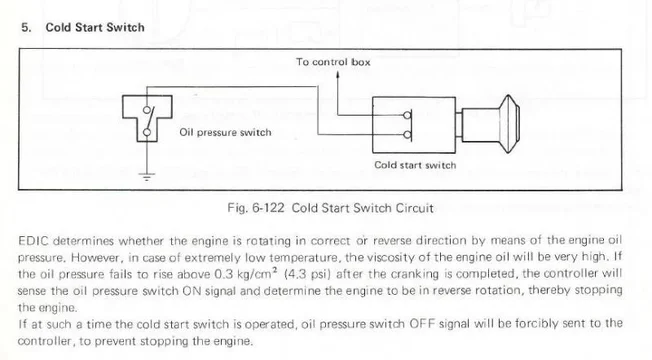I'm quite new to this forum but could already learn lots from you guys.
I was searching about the EDIC low pressure cutoff on start-up and couldn't find how many seconds it should take.
My BJ42 24V takes around 8 seconds. I read about someone that had 5 seconds and after changing the capacitor came up to 8 seconds. I also read something about 15 seconds...
What would be the right time?
My concern is that during chilly mornings (0 Celsius) it takes me 2 tries to make the oil pressure to raise, but it barely need the second try, the oil rises almost instantaneously after I turn the key the second time.
I'm running synthetic 5W40 at the moment, the engine hass 230.000 Km and starts on half a second after I turn the key.
Anyone?
Ah, when it gets to -20 Celsius EDIC cuts if off around 4 times before the oil pressure raises. The car sleeps outside and is never plugged in.
I was searching about the EDIC low pressure cutoff on start-up and couldn't find how many seconds it should take.
My BJ42 24V takes around 8 seconds. I read about someone that had 5 seconds and after changing the capacitor came up to 8 seconds. I also read something about 15 seconds...
What would be the right time?
My concern is that during chilly mornings (0 Celsius) it takes me 2 tries to make the oil pressure to raise, but it barely need the second try, the oil rises almost instantaneously after I turn the key the second time.
I'm running synthetic 5W40 at the moment, the engine hass 230.000 Km and starts on half a second after I turn the key.
Anyone?
Ah, when it gets to -20 Celsius EDIC cuts if off around 4 times before the oil pressure raises. The car sleeps outside and is never plugged in.









